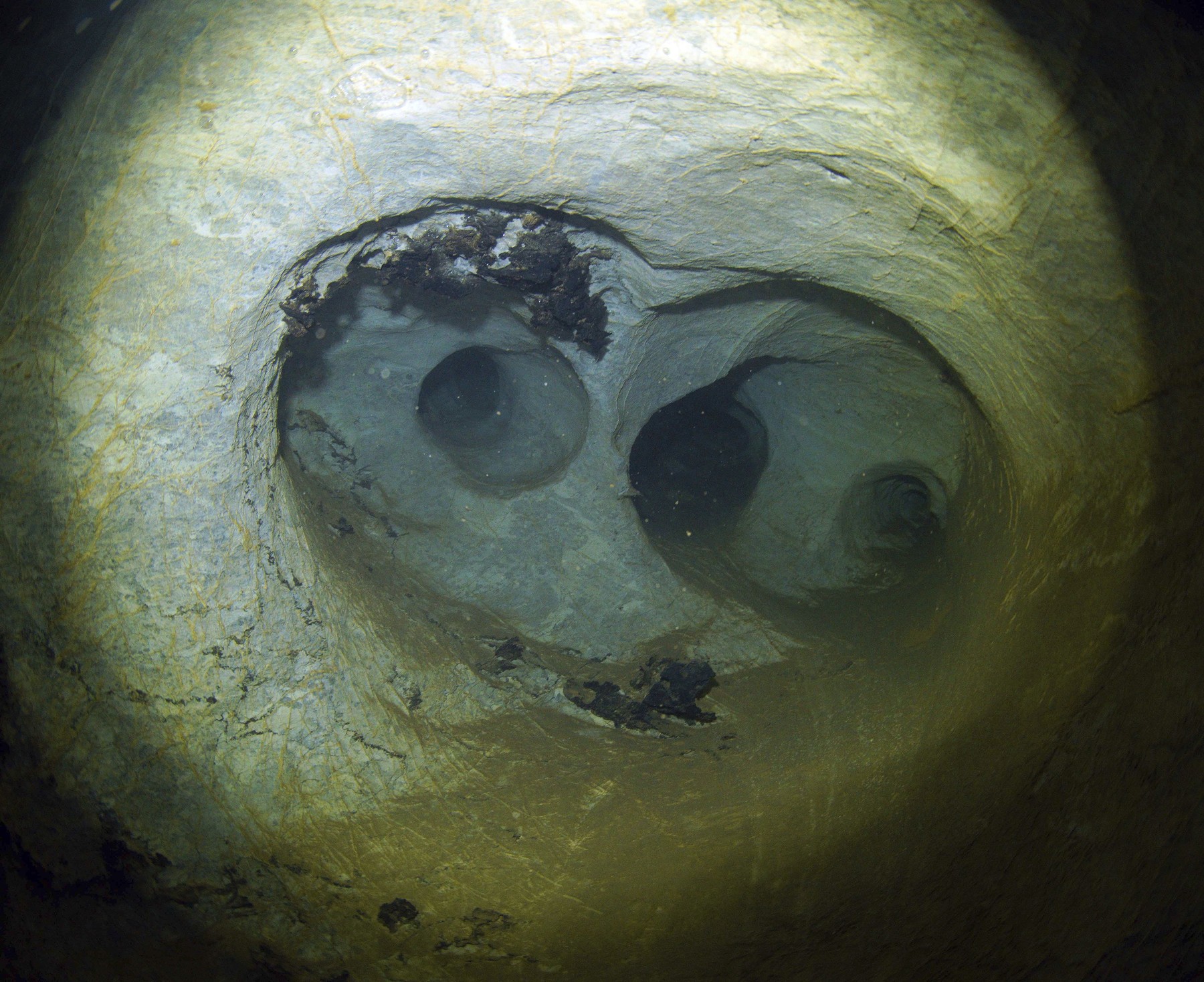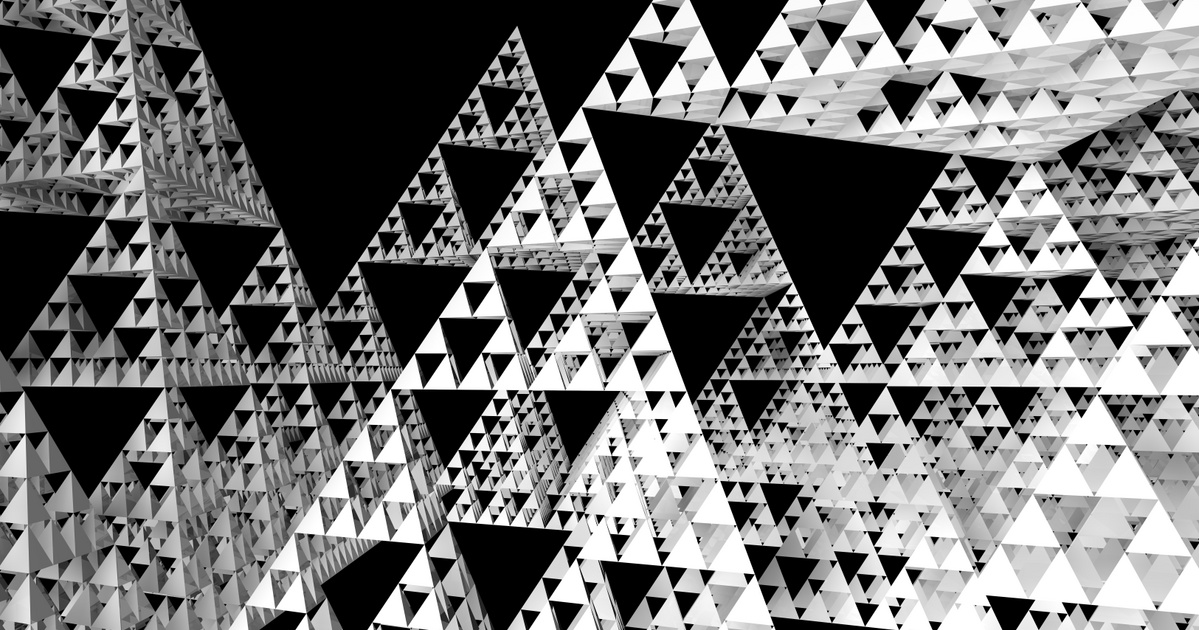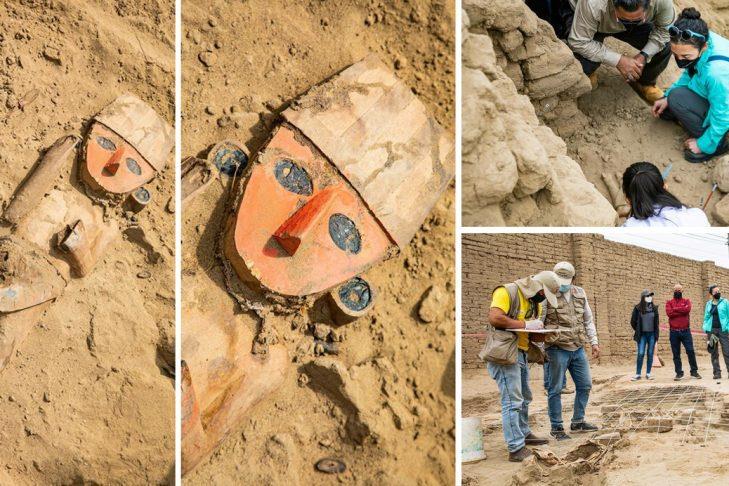Archaeologists have discovered a wooden statue in Chan Chan, the capital of the Chimu Kingdom. According to our time, the Chimú or Chimor culture was formed around 850-900 AD, following the Moche culture, which dominated a stretch of almost a thousand kilometers of coast from Piura in the north to Paramonga in the south.
The center of the kingdom was Chan Chan, a large adobe city spanning 4,942 hectares, making it one of the largest pre-Columbian cities in South America. The name of the place probably comes from the Quingnam word “Jiang” or “Chang” which means sun, thus Chan-Chan literally means Sun-Sun.
Chan Chan consisted of nine large rectangular complexes (“castles” or “palaces”) containing pyramidal temples, treasuries, tombs, courtyards, burial grounds, storehouses, and living quarters for the urban elite and royalty.The present excavations were part of the “Huaka Takainamo Restoration” project, which examined Huaka Takainamo to the north of the main complex and revealed a forty-seven centimeter by sixteen centimeter wooden statue depicting a ruler chariot driver, adorned with a chariot. A total of seven vertical bands of color.
The face of the statue is a flat oval, painted red, decorated with almond-shaped eyes and mother-of-pearl panels set in black resin.
The figure wears a skirt-like gown with a triangular cut, decorated with small rectangular ribbons, and a trapeze cap. Archaeologists do not yet know when the statue was made, but the form and style of art suggest it may have been sometime between 850 and 1470 years old, making it one of the oldest statues found at the site to date.
Wood carvings or statues are stationary, but some are movable – said Arturo Paredes Nunez, Head of Research, Conservation and Development at Pecach Heritage Online scientific portal. – We documented the first at the entrance to the Chan Chan complex, which is surrounded by some walls.
The researchers also discovered a necklace made of nectarine seeds (a plant genus in the Lauraceae family) and the remains of the original thread, as well as a small black bag decorated with brown and white threads.







































